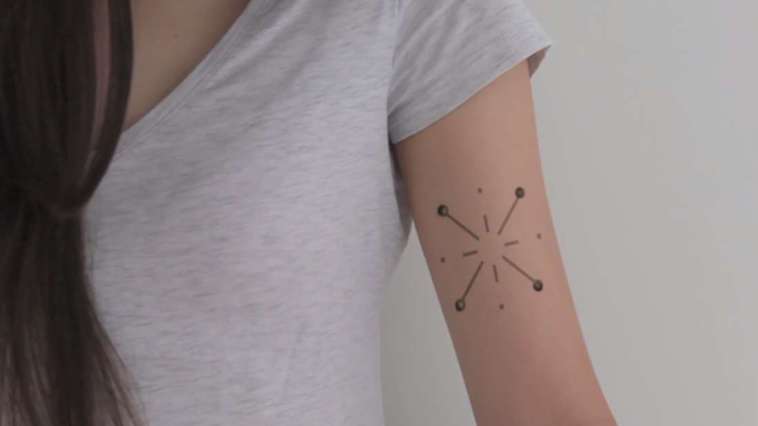Biosensing Tattoo That Changes Color When Your Blood Sugar Levels Change
People that have type 1 or 2 diabetes need to constantly know their blood sugar levels. Checking your blood sugar levels can be quite invasive and it takes some time.
There’s a special device and the person needs to prick their finger with it and place a drop of blood on the strip. There are also devices that can get implanted under the skin. These devices constantly measure the blood sugar levels and send the information to an external device.
A team of researchers from MIT and Harvard University have found a new and unique way to measure your blood sugar levels. They created the biosensing tattoo, made with specialized ink that changes color depending on the blood sugar levels.
The biosensing tattoo, known as DermalAbyss ink, is in the proof-of-concept stage and it’s still not available to the public. The incredible tattoo can track pH levels and the levels of glucose and sodium concentrations in your bloodstream.
When there’s too much glucose in your bloodstream, the ink becomes brown. Changing pH levels change the color to pink and purple. Too much sodium makes it green.

“The DermalAbyss ink presents a novel approach to biointerfaces in which the body’s surface is rendered as an interactive display,” explains the research team.
The ink isn’t directly connected to your blood stream, it’s just monitoring your interstitial fluid, a fluid that surrounds the tissue cells of animals.
Ions, water, sugars, salts, amino acids, fatty acids and hormones constantly make their way through the interstitial fluid across the walls of your capillaries.
The biosensing tattoo has only been tested on pig skin, which is the most similar to human. The tattoo really works, but it needs to be tested with real, human patients.
The research team explains that the tattoo can be chosen by the patient, just like any other, conventional tattoo.
“We envision new participation between the biotech companies and skin professionals…in order to embrace the idea of human device symbiosis,” the team explains.
Source: ScienceAlert
